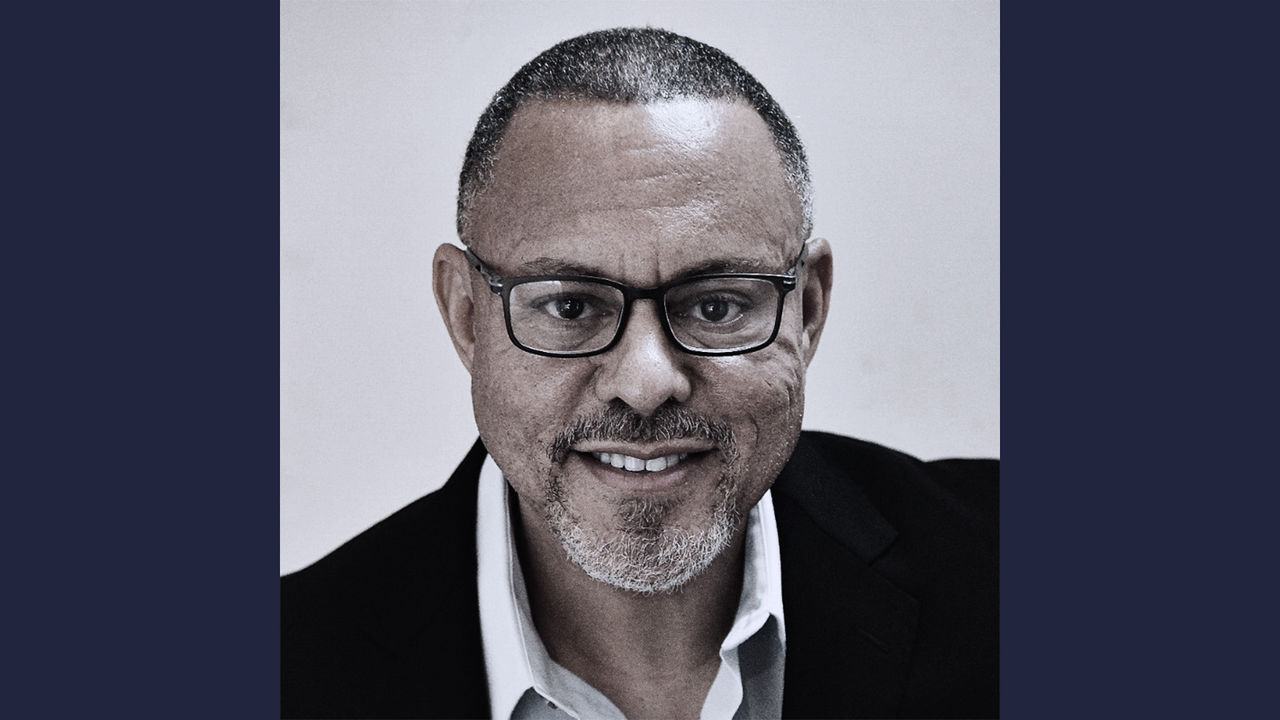On Your HR Career Path, 'Start with the End in Mind'
PODCAST PERSPECTIVE: In the latest People + Strategy podcast, Calvin Crosslin, chief diversity officer at Lenovo, shares his views about the best route to a CHRO position and more.

Was this resource helpful?



